Summary
Open redirect vulnerability due to incorrect validation of input values when redirecting users after login.
Details
pyload is validating URLs via the get_redirect_url function when redirecting users at login.
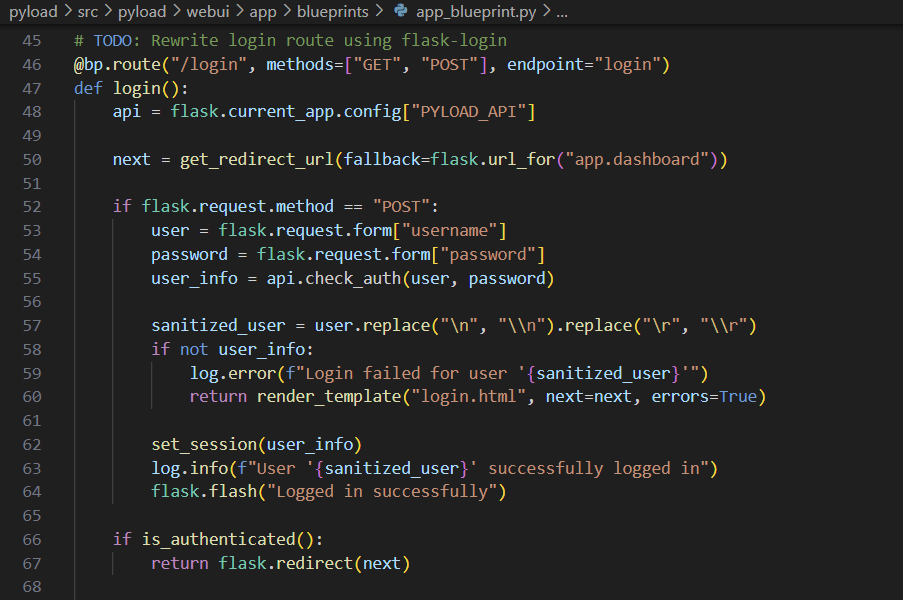
The URL entered in the next variable goes through the is_safe_url function, where a lack of validation can redirect the user to an arbitrary domain.
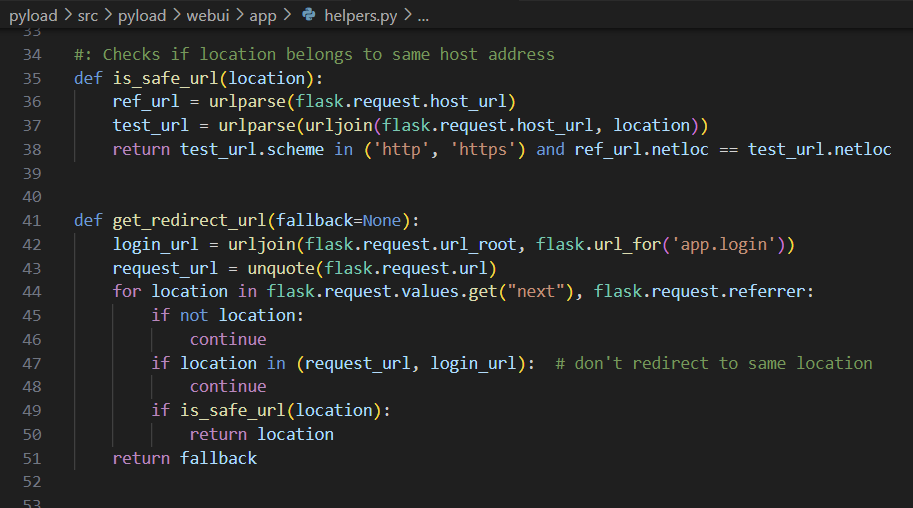
The documentation in the urllib library shows that improper URLs are recognized as relative paths when using the urlparse function. (https://docs.python.org/3/library/urllib.parse.html#urllib.parse.urlparse)
For example, When an unusual URL like https:///example.com is entered, urlparse interprets it as a relative path, but in the actual request it is converted to https://example.com due to url normalization.
PoC
-
In the next variable, insert the URL to which you want to redirect the user.
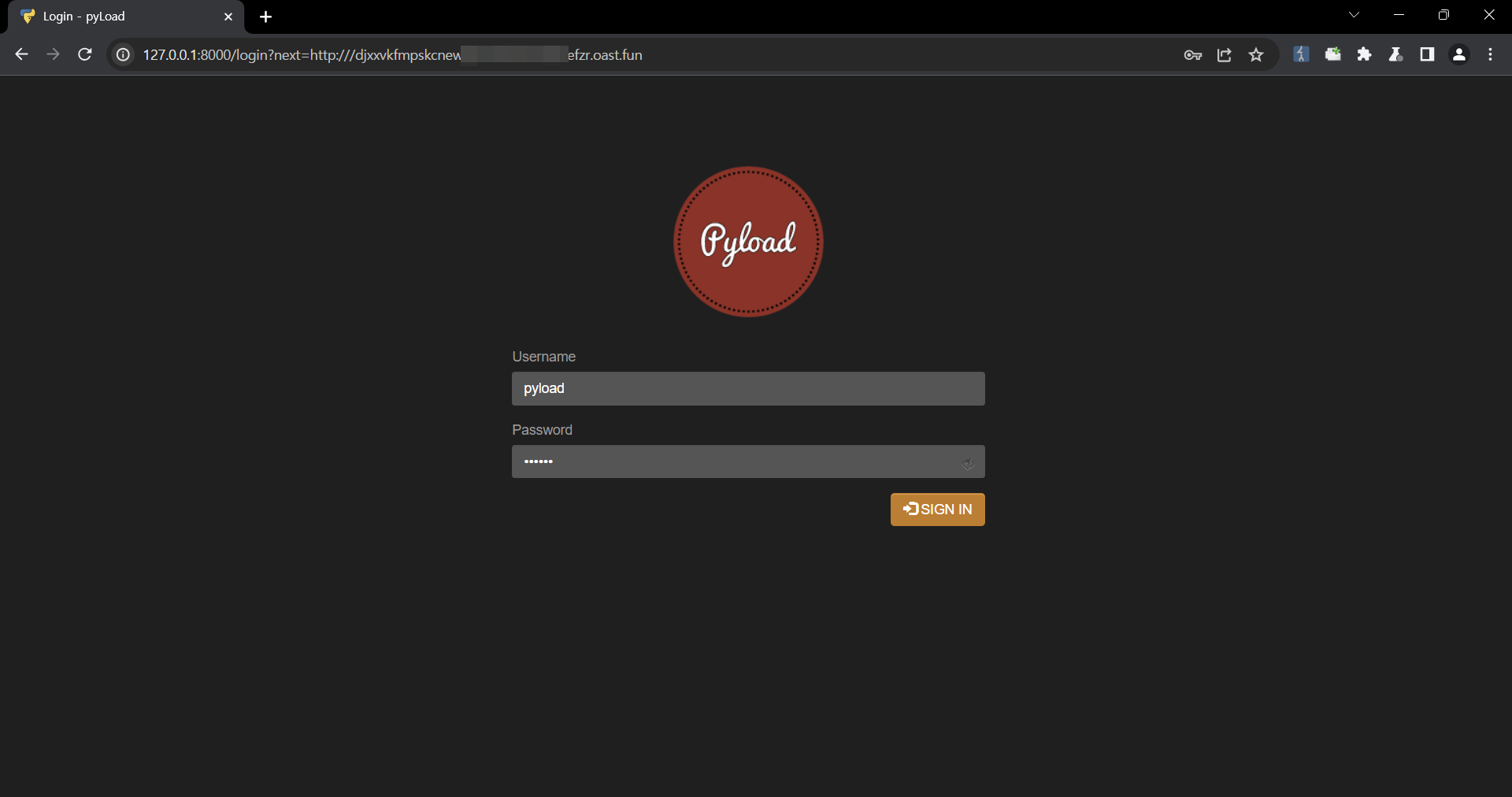
-
Check that it is possible to bypass url validation and redirect users to an arbitrary url.
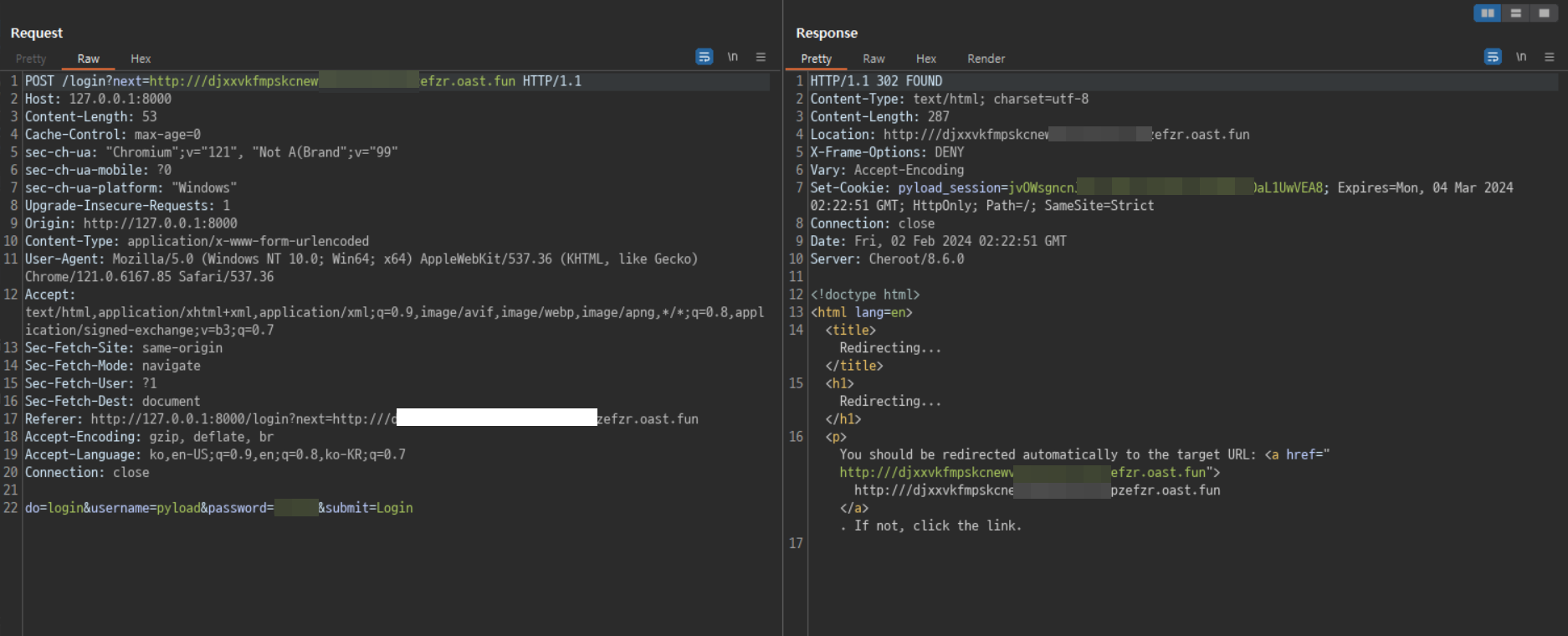
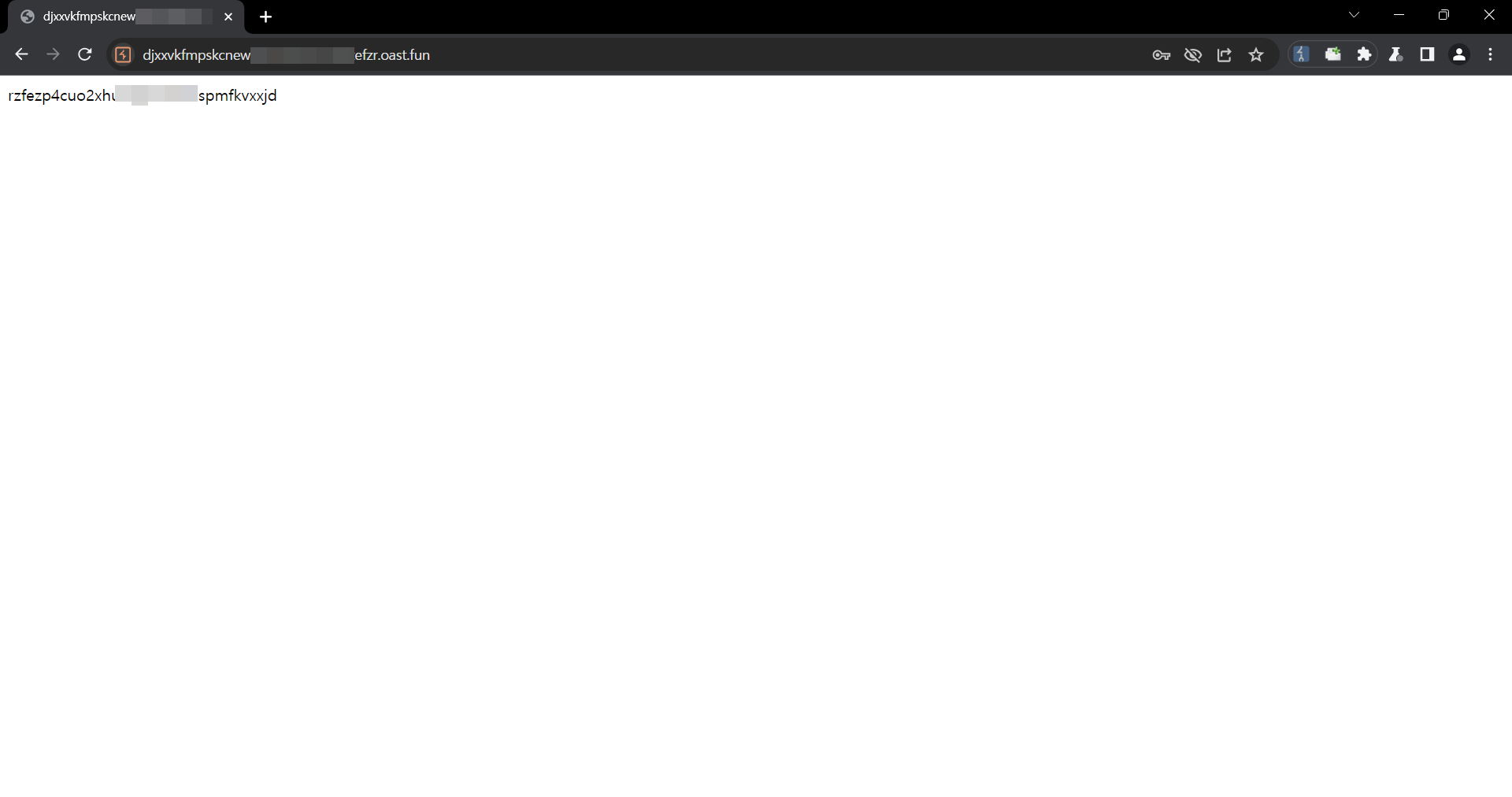
Impact
An attacker can use this vulnerability to redirect users to malicious websites, which can be used for phishing and similar attacks.
References
Summary
Open redirect vulnerability due to incorrect validation of input values when redirecting users after login.
Details
pyload is validating URLs via the

get_redirect_urlfunction when redirecting users at login.The URL entered in the

nextvariable goes through theis_safe_urlfunction, where a lack of validation can redirect the user to an arbitrary domain.The documentation in the urllib library shows that improper URLs are recognized as relative paths when using the
urlparsefunction. (https://docs.python.org/3/library/urllib.parse.html#urllib.parse.urlparse)For example, When an unusual URL like
https:///example.comis entered,urlparseinterprets it as a relative path, but in the actual request it is converted tohttps://example.comdue to url normalization.PoC
In the next variable, insert the URL to which you want to redirect the user.

Check that it is possible to bypass url validation and redirect users to an arbitrary url.


Impact
An attacker can use this vulnerability to redirect users to malicious websites, which can be used for phishing and similar attacks.
References